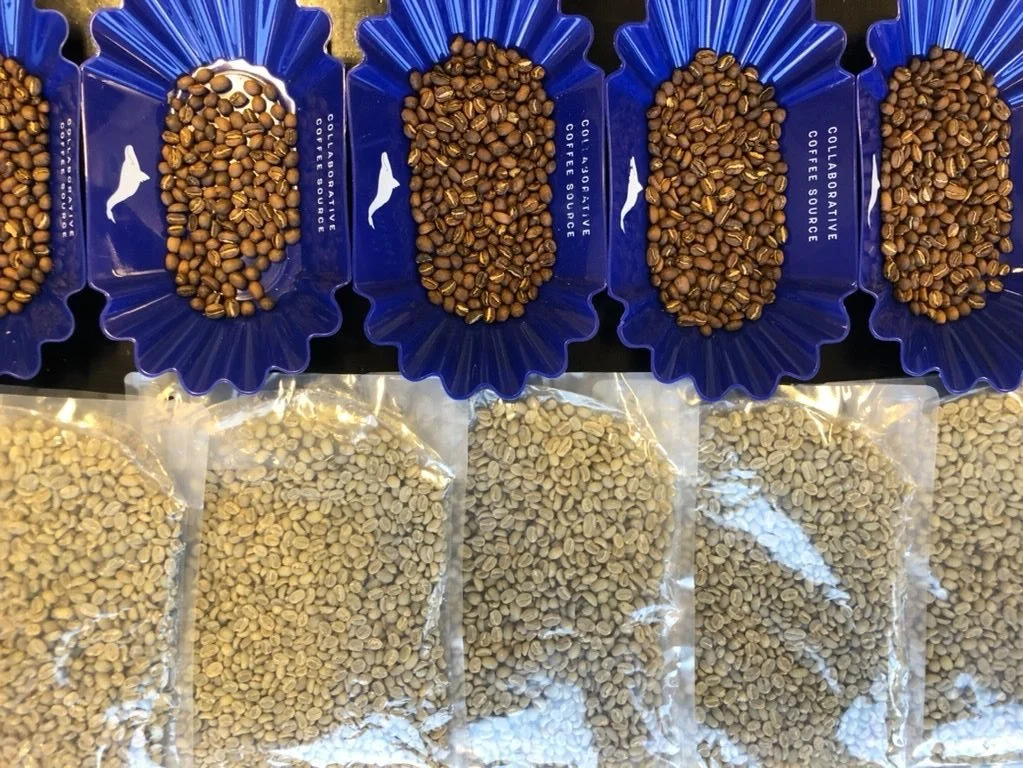This week Matt Hassell, Global Buyer, QC & Sample Management for Collaborative Coffee Source, and former roaster for George Howell Coffee, will answer your roast questions. Here’s a question from @AR0101:
@collaborativeCS what do you need to consider when roasting naturals vs washed coffees? #ccsQandA
— Andres Rodriguez Ruiz (@AR0101) December 10, 2017
Matt's response:
I don’t have nearly the experience roasting naturally processed coffees that I do roasting washed processed. Being in my new position, I find myself with a lot more exposure to naturally processed coffees, so I’ve been re-evaluating my approach and understanding quite a bit. Luckily, I’ve found some fantastic resources to aid in the process.
Roasting a naturally processed coffee requires a longer, slower drying phase and a longer development time. The flavor profile of these coffees is enhanced much more with longer caramelization times. A roast that is too fast, or lighter on the development spectrum may present itself as being harsh and imbalanced. Of course, this is a bit of a generalization as a natural Brazilian coffee would definitely require a different roast profile than an Ethiopian counterpart. They would be unique because of other factors (density, concentration of acids and sugars, terroir, etc.) In general, though, longer times pair with the deeper sweetness and bigger body that is characteristic of natural process coffees. In my experience, I’ve always preferred roasting naturals on a Loring over a drum roaster.
With washed process coffees, you’re able to be much more aggressive with heat application. Shorter roast times with lower-end temperatures have always been my preferred method. This is effective in highlighting the higher acidity found in these coffees. Another point to consider is that washed processed coffees often go through more sorting than naturals. Batches of beans that are more refined in terms of sizing, density, and moisture will be easier to develop homogeneously. You run less of a risk of leaving some of the beans underdeveloped.
Counter to roasting naturals on the Loring, I’ve always preferred roasting washed coffee on a drum roaster. I don’t know why either, because it doesn’t necessarily correlate to coffees that I’ve tasted from other roasters.
Matt will be answering your Twitter roast questions until Dec 12, 2017. Post your questions on Twitter to @collaborativeCS and use the hashtag #ccsQandA.





